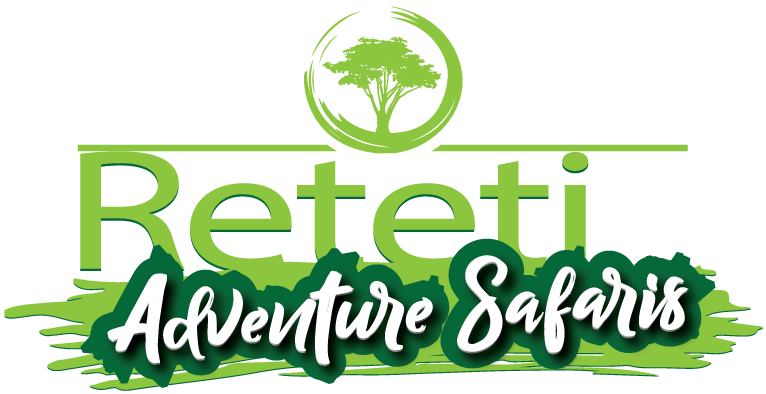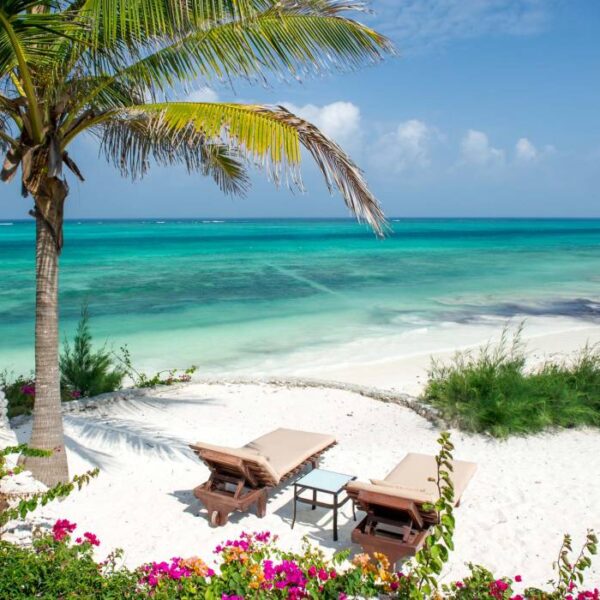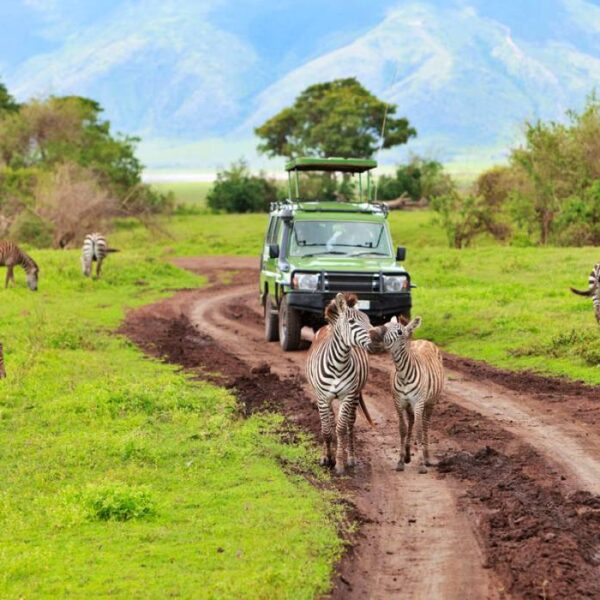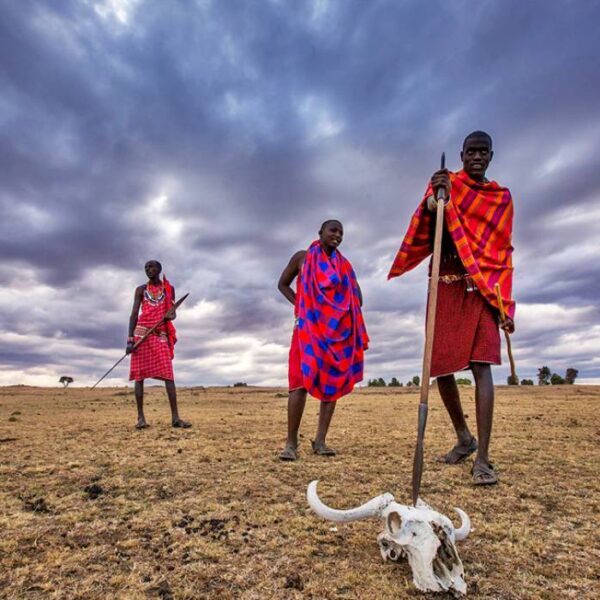Kenya, the jewel of East Africa, is synonymous with stunning landscapes, rich cultures, and, most notably, its remarkable wildlife. Among the plethora of natural wonders that Kenya offers, the “Big Five” – lion, leopard, elephant, buffalo, and rhinoceros – stand out as the most sought-after by safari enthusiasts. Embarking on a safari to witness these majestic creatures in their natural habitat is a dream for many. Here’s your ultimate guide to experiencing Kenya’s Big Five Safari adventures.
Understanding the Big Five
The term “Big Five” was originally coined by big-game hunters to refer to the five most challenging animals to hunt on foot. Today, it represents the quintessence of African wildlife. Each of these animals boasts unique characteristics and behaviors, making them fascinating subjects for observation and photography.
- Lion: Known as the “King of the Jungle,” lions are powerful and social animals, often found in prides. Their majestic manes and impressive roars make them the most iconic of the Big Five.
- Leopard: Elusive and solitary, leopards are masters of camouflage and agility. They are often spotted lounging in trees, keeping a keen eye on their surroundings.
- Elephant: The largest land mammal, elephants are known for their intelligence, social structure, and memory. Watching a herd of elephants interact is a captivating experience.
- Buffalo: These formidable animals are known for their strength and unpredictable nature. Often found in large herds, they are a force to be reckoned with.
- Rhinoceros: With two species, the black and white rhinos, these creatures are critically endangered and heavily protected. Their prehistoric appearance and sheer size make them a highlight of any safari.
Top Big Five Safari Destinations in Kenya
Kenya boasts numerous national parks and reserves where you can embark on Big Five safaris. Here are the top destinations:
Maasai Mara National Reserve
The Maasai Mara is arguably the most famous safari destination in Kenya, if not all of Africa. Known for its vast savannahs and the Great Migration, the reserve offers unparalleled opportunities to see the Big Five, especially lions and elephants.
- Best Time to Visit: July to October, during the Great Migration. This period offers spectacular wildlife viewing as over 1.5 million wildebeest and hundreds of thousands of zebras and gazelles move through the Mara.
- Highlight: Witnessing the river crossings of wildebeest and zebras, often under the watchful eyes of predators. The Mara River crossings are a dramatic and thrilling spectacle, with crocodiles lying in wait and big cats lurking nearby.
Amboseli National Park
Situated at the base of Mount Kilimanjaro, Amboseli is renowned for its large elephant herds and stunning views of Africa’s highest peak.
- Best Time to Visit: June to October. The dry season offers clear skies and better wildlife viewing opportunities as animals gather around water sources.
- Highlight: Observing elephants against the backdrop of Mount Kilimanjaro. The park is also home to a variety of bird species, making it a paradise for bird watchers.
Tsavo National Parks (East and West)
Together, Tsavo East and Tsavo West form one of the largest national parks in the world. The parks are known for their diverse landscapes, including open savannahs, volcanic hills, and rivers.
- Best Time to Visit: June to October. The dry season makes wildlife spotting easier as animals congregate near waterholes.
- Highlight: The chance to see the “red elephants” of Tsavo, which bathe in the red volcanic soil. The parks are also famous for the Maneaters of Tsavo, two maneless lions that terrorized railway workers in the late 19th century.
Lake Nakuru National Park
Lake Nakuru is famous for its flocks of flamingos and is also a sanctuary for the endangered black and white rhinos.
- Best Time to Visit: January to March and July to December. The park is a year-round destination, but the best wildlife viewing is during the dry seasons.
- Highlight: Rhino sightings and the stunning birdlife along the lake’s shores. The park is also home to lions, leopards, and large herds of buffalo.
Samburu National Reserve
Located in the northern part of Kenya, Samburu offers a unique safari experience with its arid landscape and rare species like the Grevy’s zebra and reticulated giraffe.
- Best Time to Visit: June to October. The dry season ensures better game viewing as animals gather near the Ewaso Ng’iro River.
- Highlight: Cultural interactions with the Samburu people and sightings of the Big Five in a less crowded setting. The reserve is also home to the “Samburu Special Five,” which includes the Grevy’s zebra, reticulated giraffe, Somali ostrich, gerenuk, and beisa oryx.
Tips for a Successful Big Five Safari
To make the most of your safari adventure, consider the following tips:
- Hire a Knowledgeable Guide: A skilled guide can greatly enhance your experience with their expertise in tracking and understanding animal behavior. They can also share fascinating insights into the local flora and fauna.
- Be Patient and Flexible: Wildlife sightings can be unpredictable. Patience and flexibility in your schedule can increase your chances of witnessing the Big Five. Early morning and late afternoon game drives are often the most productive.
- Pack Appropriately: Bring comfortable clothing, sturdy footwear, binoculars, and a good camera. Don’t forget essentials like sunscreen, insect repellent, and a hat. Layered clothing is ideal for the fluctuating temperatures.
- Respect Wildlife and the Environment: Maintain a safe distance from animals, follow park rules, and avoid littering to help preserve Kenya’s natural beauty. Remember that you are a guest in the animals’ home.
Accommodation Options
Kenya offers a wide range of accommodation options, from luxury lodges to budget-friendly campsites. Here are a few recommendations:
Luxury Lodges
For those seeking the ultimate in comfort and luxury, Kenya’s safari lodges offer world-class amenities and services.
- Angama Mara (Maasai Mara): Perched on the edge of the Great Rift Valley, this lodge offers breathtaking views and top-notch service. Guests can enjoy guided walking safaris, hot air balloon rides, and cultural visits.
- Tortilis Camp (Amboseli): With stunning views of Mount Kilimanjaro, this eco-friendly camp offers luxury tents, delicious cuisine, and exceptional game viewing opportunities.
- Finch Hattons (Tsavo West): Named after the famous safari guide, Finch Hattons offers luxurious tented suites, gourmet dining, and a serene spa. The camp is set around a series of natural springs, attracting a variety of wildlife.
Mid-Range Lodges
These lodges provide a balance of comfort and affordability, ensuring a memorable safari experience without breaking the bank.
- Sarova Mara Game Camp (Maasai Mara): This camp offers comfortable tents, a swimming pool, and excellent game viewing opportunities. Guests can also enjoy Maasai cultural experiences and bush dinners.
- Serena Amboseli Lodge (Amboseli): Located in the heart of the park, this lodge offers spacious rooms, a pool, and stunning views of Mount Kilimanjaro. The lodge is known for its warm hospitality and excellent service.
- Satao Camp (Tsavo East): This camp offers comfortable tents with en-suite bathrooms and a waterhole that attracts a variety of wildlife. Guests can enjoy game drives, bush walks, and bird watching.
Budget Campsites
For the adventurous traveler, Kenya’s budget campsites offer a more rugged and cost-effective safari experience.
- Maasai Mara Campsites: There are several public and private campsites within the reserve, offering basic facilities and proximity to the wildlife action. Camping in the Maasai Mara allows for an immersive and authentic safari experience.
- Amboseli Campsites: The park offers both public and private campsites with basic amenities. Camping in Amboseli provides an up-close encounter with nature and stunning views of Mount Kilimanjaro.
- Tsavo Campsites: Tsavo East and West both have a variety of campsites, ranging from basic to more developed options. Camping in Tsavo allows you to experience the vastness and wild beauty of these parks.
Cultural Experiences
Enhance your safari adventure by engaging with local communities. Many reserves and parks are adjacent to traditional Maasai and Samburu villages. These cultural visits provide a deeper understanding of the local way of life and the harmonious relationship between people and wildlife.
- Maasai Village Visits: The Maasai people are known for their distinctive customs and dress. A visit to a Maasai village offers insights into their traditional way of life, including their cattle herding practices and intricate beadwork.
- Samburu Cultural Tours: The Samburu people have a rich cultural heritage and are closely related to the Maasai. A visit to a Samburu village includes opportunities to learn about their nomadic lifestyle, traditional dances, and unique customs.
- Community Conservation Projects: Many lodges and camps work closely with local communities on conservation projects. Participating in these projects can provide a deeper understanding of the challenges and successes in wildlife conservation.
Planning Your Safari
Planning a Big Five safari in Kenya involves several important considerations to ensure a smooth and enjoyable experience.
- Choosing a Safari Operator: Select a reputable safari operator with experienced guides and good reviews. Look for operators who are committed to sustainable tourism and community involvement.
- Health and Safety: Ensure you have the necessary vaccinations and travel insurance. Kenya is a malaria-endemic country, so taking prophylactic medication and using



